By Rick Lyman and Mary Williams Walsh
Photograph; Mark Makela for The New York Times
The unusual situation in Philadelphia stems from a combination of politics and long-term structural problems. Slide Show Philadelphia’s School Woes
More Photos »
Originally Published at The New York Times. on August 15, 2013
PHILADELPHIA — Just a month after Detroit became the largest American city to file for bankruptcy, and with major cities like Chicago and Los Angeles struggling, this former manufacturing behemoth is also edging toward a financial precipice. But here the troubles are centered on the cash-starved public schools system.
The situation is not as dire yet as Detroit’s. There is no talk of resorting to bankruptcy. But the problem is so severe that the city agreed at the last minute on Thursday to borrow $50 million just to be able to open schools on time. Even with that money, schools will open Sept. 9 with a minimum of staffing and sharply curtailed extracurricular activities and other programs.
“The concept is just jaw-dropping,” said Helen Gym, who has three children in the city’s public schools. “Nobody is talking about what it takes to get a child educated. It’s just about what the lowest number is needed to get the bare minimum. That’s what we’re talking about here: the deliberate starvation of one of the nation’s biggest school districts.”
Superintendent William R. Hite Jr. had been threatening to delay opening schools if the city did not come through with the $50 million, which he said was necessary to provide the minimum staffing needed for the basic safety of the district’s 136,000 students. In June, the district closed 24 schools and laid off 3,783 employees, including 127 assistant principals, 646 teachers and more than 1,200 aides, leaving no one even to answer phones.
For a number of years, Mayor Michael A. Nutter and the City Council have been working, with some success and a fair amount of taxpayer pain, to shore up the city’s finances, which have been troubled by mounting debt, a shrinking tax base and unfunded pension and health care obligations to retirees. But the school district, supported by the same weary municipal taxpayers, though under the control of a state reform commission for more than a decade, had been largely ignored.
While the city’s own bond rating has been raised, to its highest level in 30 years, the school district’s credit has been downgraded to junk, with warnings that more downgrades may come.
The unusual situation stems from a combination of politics and long-term structural problems. Decades of dwindling population and resources had already greatly weakened the schools, but now the Republican-controlled state government has drastically cut aid to the district. This move struck some in the Democratic-controlled city as punitive, though Gov. Tom Corbett, a Republican, has said the statewide cuts in education had nothing to do with party politics but with the simple need to do something about the state’s own poor finances. Federal aid to the district has also been chopped.
The Philadelphia School District is an anomaly — unlike many school districts across the country, it has no elected board of education, and never has, at least in modern memory. That means the normal political dynamics found in other places with troubled schools cannot play out here. When the voters get fed up, there is no way they can throw out unsuccessful board members.
As was the case with Detroit, the district’s full debt is even worse than what is known because retiree health and pension obligations have not been disclosed. That is about to change, though, because of new accounting rules that require them to be made public.
Even after the June staff cuts, the district had an estimated $304 million deficit for the coming year — at a time when it is already paying nearly that amount, $280 million, to service its existing debt each year.
Now Thursday’s announcement by Mayor Nutter that he would take out general obligation bonds to come up with the $50 million for the schools risks the city’s own hard-won credit rating by taking on medium-term debt to pay for day-to-day operations — a practice that is widely seen by municipal analysts as a sign of desperation.
Mr. Nutter said that he hoped to be able to pay back the debt by using future sales tax revenues, though that will require an agreement with the City Council, whose president, Darrell L. Clarke, wanted to use some of that money for city workers’ pensions.
To help close the district’s deficit, school officials had asked for $180 million in emergency aid — $120 million from the state and $60 million from the city, with the remainder coming from proposed concessions from three unions — including a 10 percent pay cut for teachers — and other trims. But only $45 million has thus far been approved by the state, and that will not be passed along to the school district until Governor Corbett is satisfied that sufficient reforms have been enacted.
The teachers’ union said it believes no further changes are necessary to allow the release of the money. All of this is being fought out in the middle of negotiations over a new teachers’ contract, with the old one expiring on Aug. 31. All told, the district is asking for $133 million in union concessions and other trims, including the teacher pay cut, but the union is so far refusing to surrender.
“There was no agreement to link the $45 million to the collective bargaining agreement,” Jerry T. Jordan, the president of the Philadelphia Federation of Teachers, said in an interview.
This has left school officials, teachers and parents scrambling.
Daniel Lazar, principal of Greenfield Elementary School in central Philadelphia, sent a letter to parents last week asking for a $613-per-student donation to fill a $355,000 budget gap at his school.
Tomika Anglin says she was so stunned by the request that she has decided to home school her 12-year-old daughter from now on.
“I couldn’t think when I got the letter,” she said. “It was just amazing to me that a public school was charging tuition. They couldn’t put that in a movie because no one would believe it.”
Mr. Lazar said in an interview that the letter was a request rather than a demand, and that any funds raised would be used to help rehire employees like school counselors and teachers’ aides who were laid off. “This wasn’t something that I wanted to do,” he said.
Though the drama now unfolding in the city schools comes after more than a half-century of urban decline and population exodus, in recent years, the migration away from Philadelphia has leveled off. Young professionals and empty-nesters have lately been moving back, reinvigorating the downtown.
“The boosters of Philadelphia, which doesn’t include me, love to talk about the vibrant downtown,” said Zack Stalberg, president of the Committee of Seventy, a local group that promotes clean government, and former editor of The Philadelphia Daily News. “But that’s a relatively tiny portion of the city. Center City and the nearby neighborhoods are doing fine, but elsewhere people’s ambition is still to leave the city when they can afford it, so they can count on a better education for the kids.”
As middle-class people have left Philadelphia, the tax base has withered, raising the overall poverty rate of those who remain. Over the years, it has forced both the city and school district to impose more taxes on a population that is more needy of public services, yet less able to pay for them.
That is not telling parents like Helen Gym or students like Madison and Sharon Tyler anything they do not already know.
The two students had been selling rubber-band bracelets for $5 to raise money for the school district, and earlier this week went back-to-school shopping with their parents even though, at the time, it was not clear that schools would even open.
“All my life I have been waiting for my middle school experience, and now I’m told that might not happen,” said Madison, 10.
And for Ms. Gym, as for many parents, the most distressing aspect was that the current crisis, even if it can be resolved, is most likely just a foreshadowing of what is to come.
“I just don’t know where this ends,” she said. “There is no bottom to this situation.”
Jon Hurdle contributed reporting.
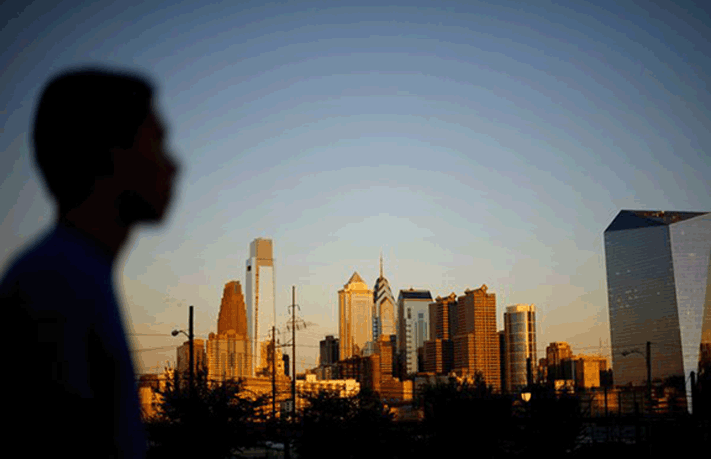
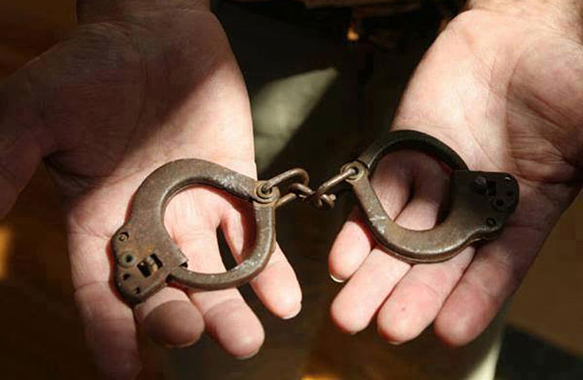

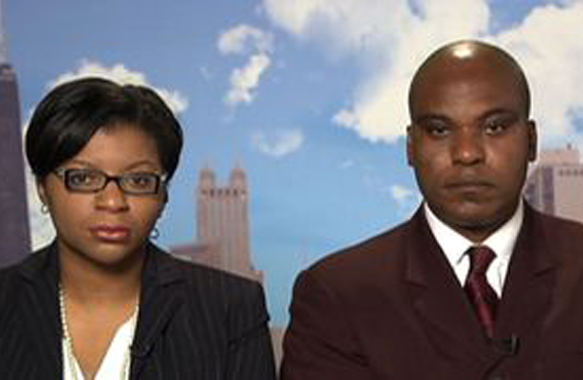
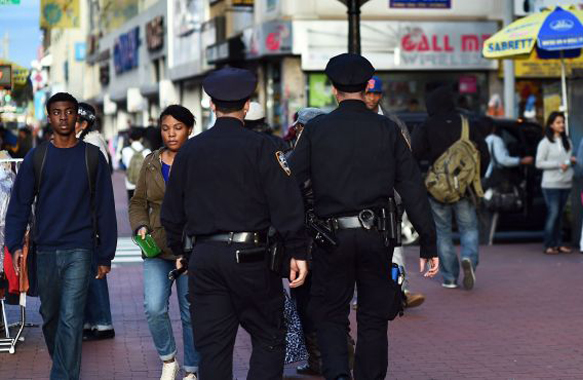
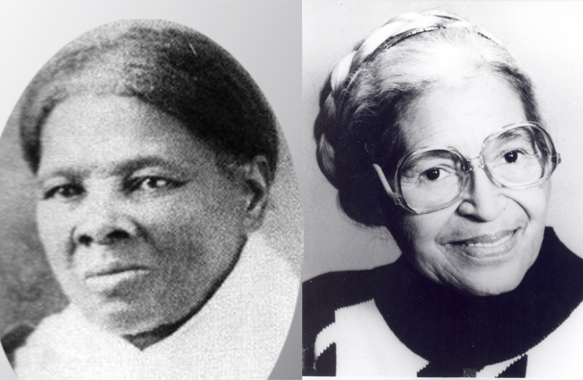

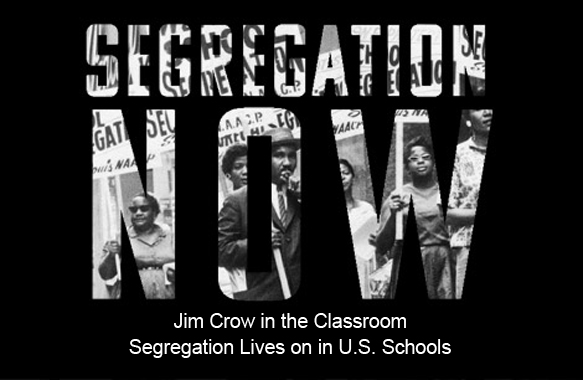
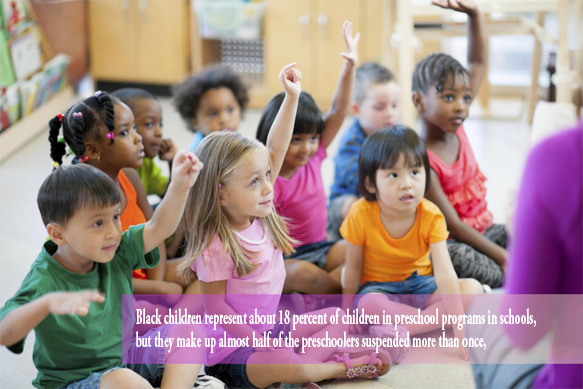



Leave A Comment